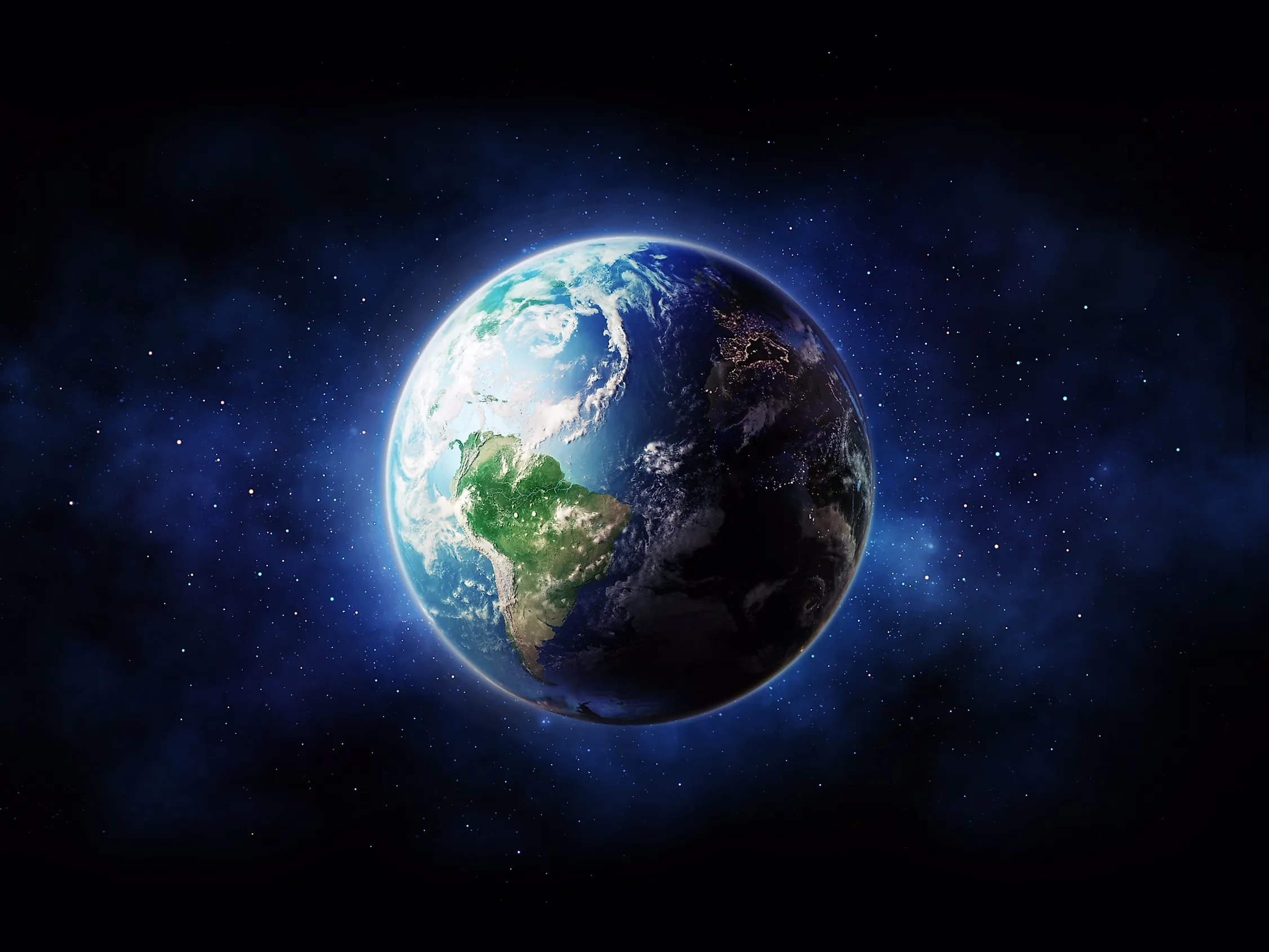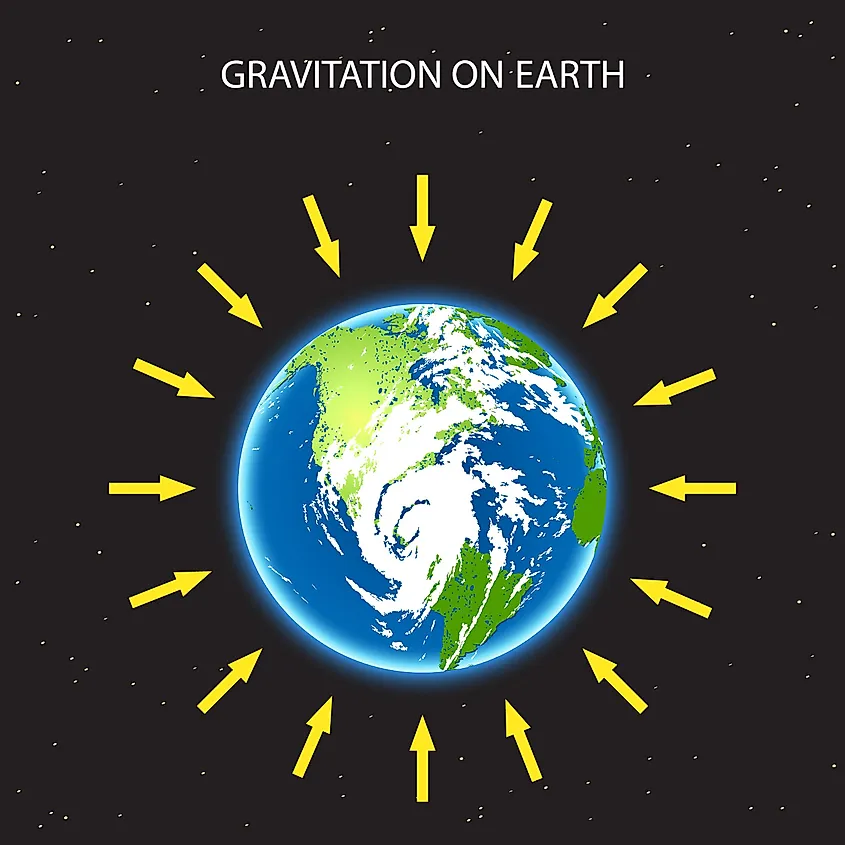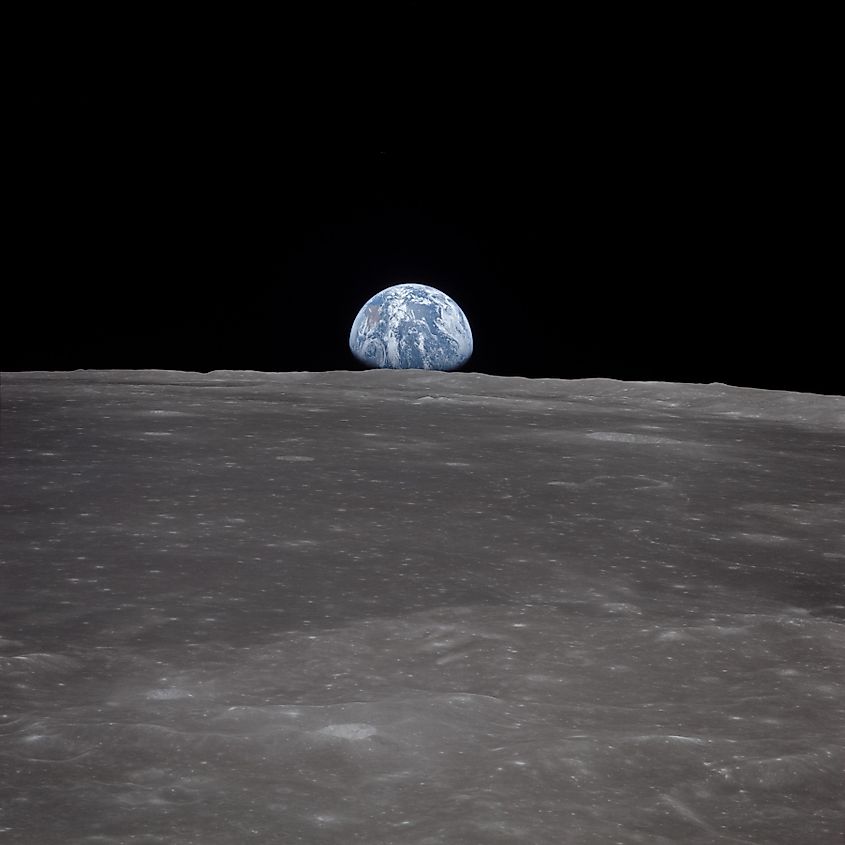
How Strong Is Earth’s Gravity?
Every living thing on Earth experiences the force of Earth’s gravity. Earth’s gravity is the force that keeps our feet firmly planted to the ground. The strength of Earth’s gravity is determined by its mass and density. The strength of Earth’s gravity is described by the downward rate of acceleration due to gravity. On average, the acceleration due to gravity on Earth’s surface is about 32.2-feet per second squared (9.81-meters per second squared). Visually, this means that you would fall 32.2-feet per second every second you’re falling. The direction of Earth’s gravity is towards its center, where most of Earth’s mass is concentrated.
Variations in Earth’s Gravity

Interestingly, the force of Earth’s gravity is not uniform across the entire planet. In fact, the gravitational force will only be uniform if the object is uniform and not rotating. From space, the Earth may appear uniform, yet it is easy to see that our world is far from uniform. Mass is not distributed equally across the Earth, and from the surface, we can see that the Earth has countless bumps and cracks. Furthermore, the Earth rotates, which itself has an impact on the strength of gravity. Earth’s gravity varies by a maximum amount of 0.7%, with the weakest gravity being on Nevado Huascarán mountain in Peru at 9.76-meters per second squared. The strongest gravity on Earth is the surface of the Arctic Ocean, with a measured quantity of 9.83-meters per second squared. Interestingly, the Earth’s gravity is weaker at higher altitudes and latitudes. As you move to a higher point, you are moving further away from the Earth’s center, and so the force of gravity becomes weaker. Furthermore, as the Earth rotates, the centrifugal force causes the equator to bulge out in comparison to the poles, and thus the equator experiences a slightly weaker force of gravity than the poles.
How Far Does Earth’s Gravity Reach?

The force of gravity is unique among the forces of nature due to the scale that it operates on. Gravity operates on a universal scale, and while this may seem counterintuitive, the Earth’s gravity actually stretches over a distance of 4.5-billion light years. This may sound strange, yet the force of gravity, regardless of how weak it becomes, is never zero for any object with mass. The force of gravity grows weaker with distance, yet it never reaches zero. Of course, if you tried to detect the Earth’s gravity from a distance of 4.5-billion light years you probably wouldn’t be able to detect it without extremely sensitive technology. Furthermore, the reason why Earth’s gravity stretches over a distance of 4.5-billion light years is because that’s how long the Earth has existed for. Like light, the force of gravity travels at the speed of light, and so it has traversed a distance of 4.5-billion light years because that’s how long Earth has existed for.











